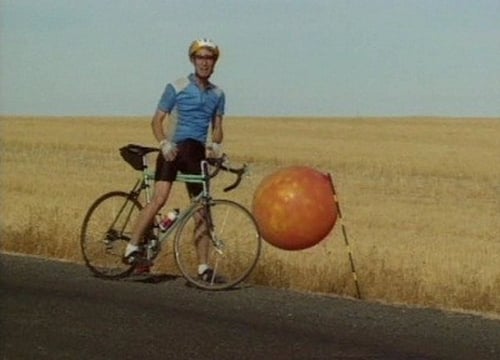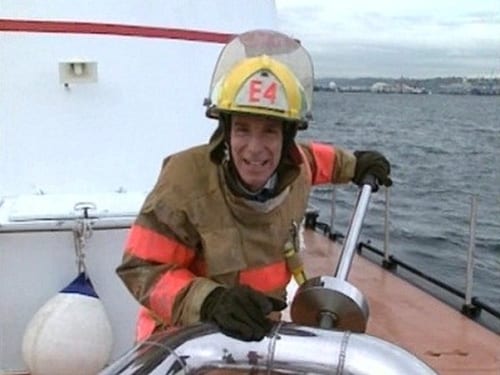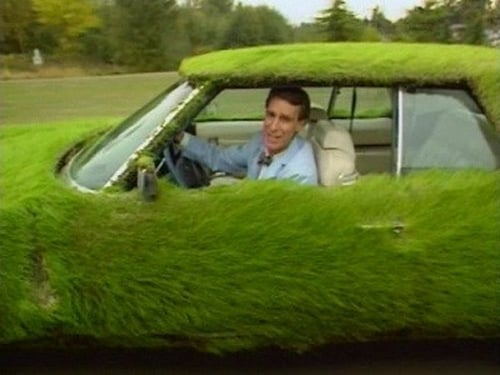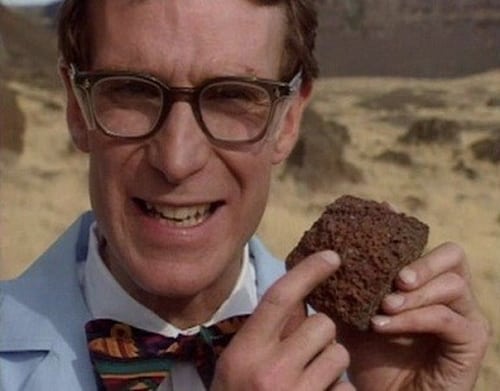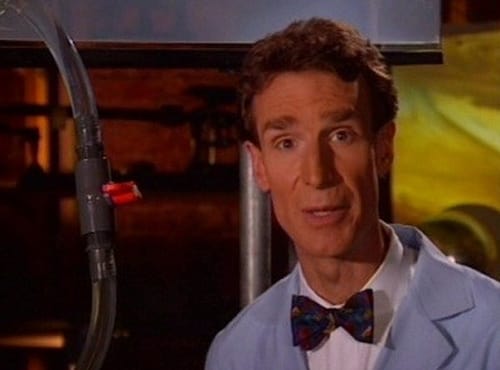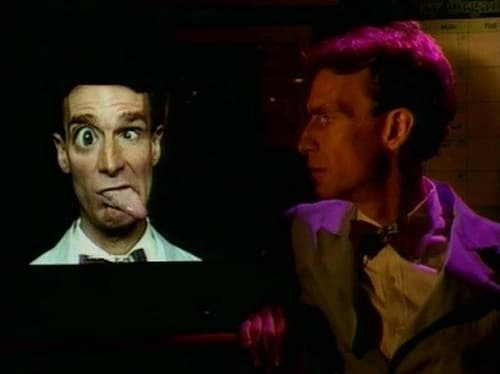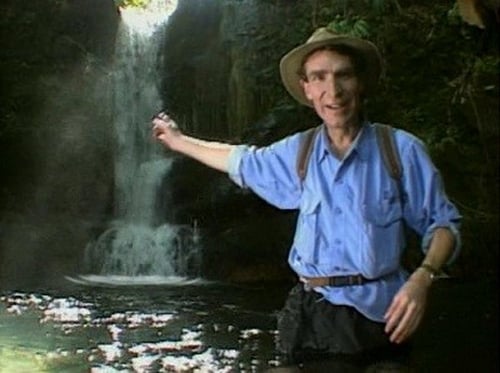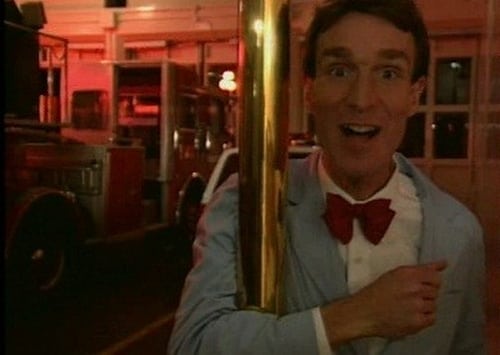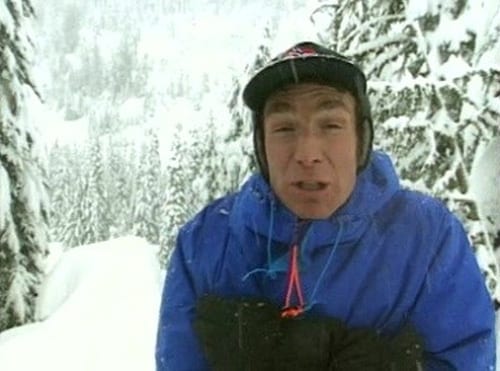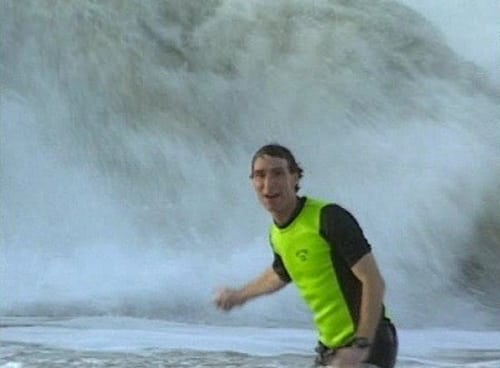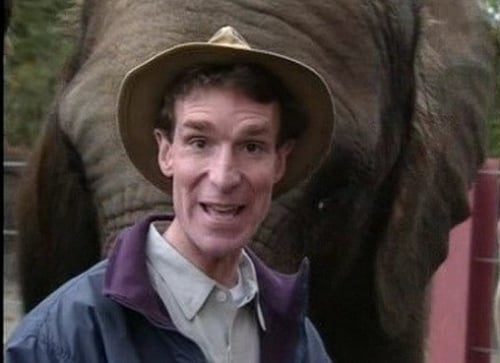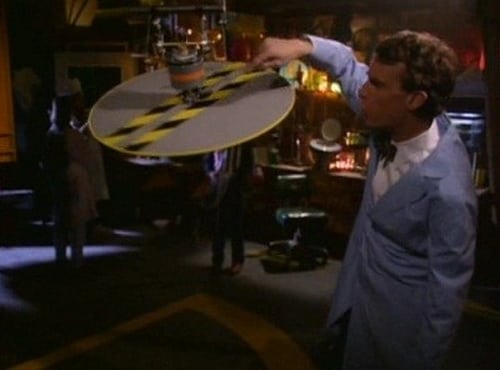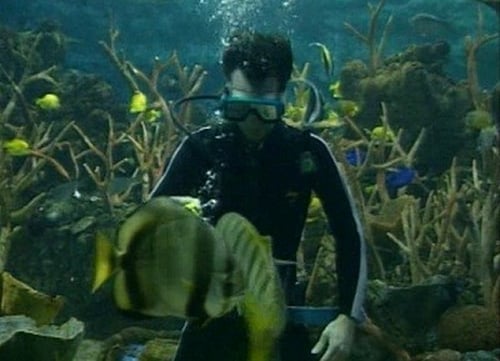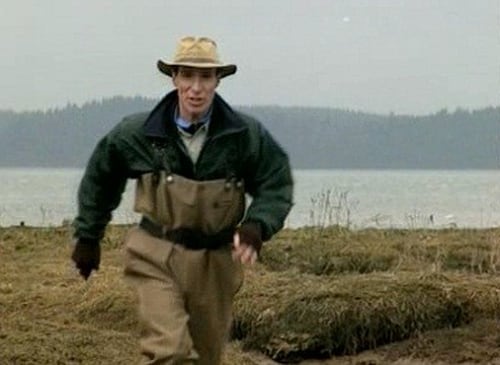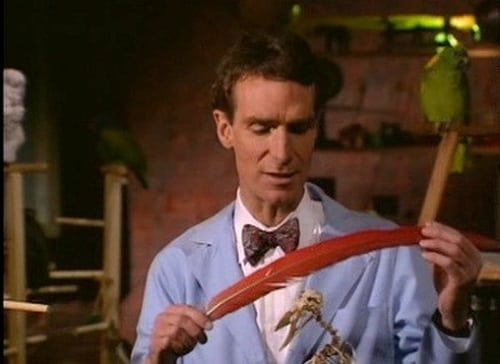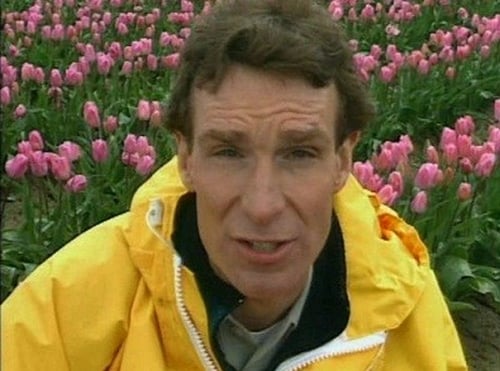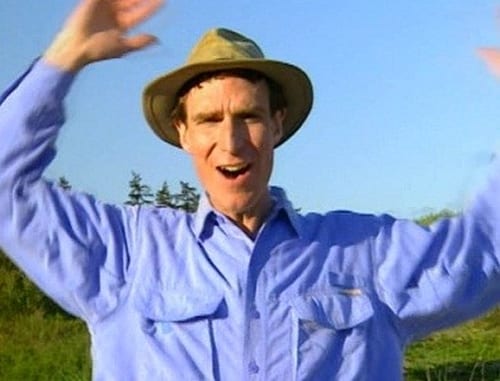
ComedyDocumentaryKids

The Best Episodes of Bill Nye the Science Guy Season 3
Every episode of Bill Nye the Science Guy Season 3 ranked from best to worst. Discover the Best Episodes of Bill Nye the Science Guy Season 3!

The Best Episodes of Bill Nye the Science Guy Season 3
ComedyDocumentaryKids
Every episode of Bill Nye the Science Guy Season 3 ranked from best to worst. Discover the Best Episodes of Bill Nye the Science Guy Season 3!
It's "Mr. Wizard" for a different decade. Bill Nye is the Science Guy, a host who's hooked on experimenting and explaining. Picking one topic per...
Seasons5
Season 3 Ratings Summary
"Planets & Moons" is the best rated episode of "Bill Nye the Science Guy" season 3. It scored 8.1/10 based on 16 votes. Directed by Unknown and written by Unknown, it aired on 1/14/1995. This episode is rated 0.3 points higher than the second-best, "Pressure".
